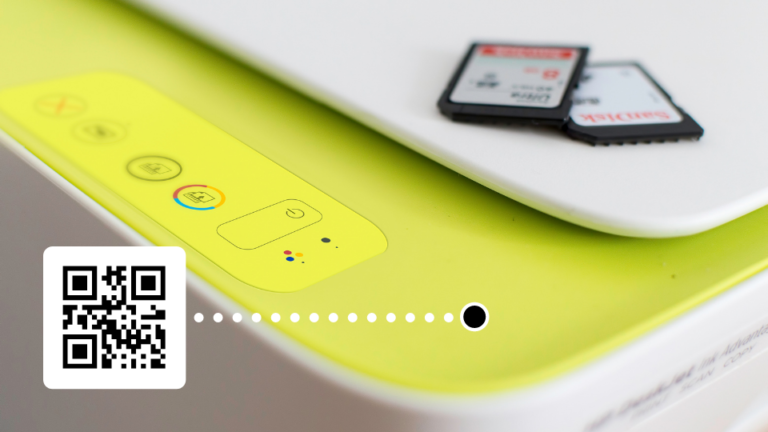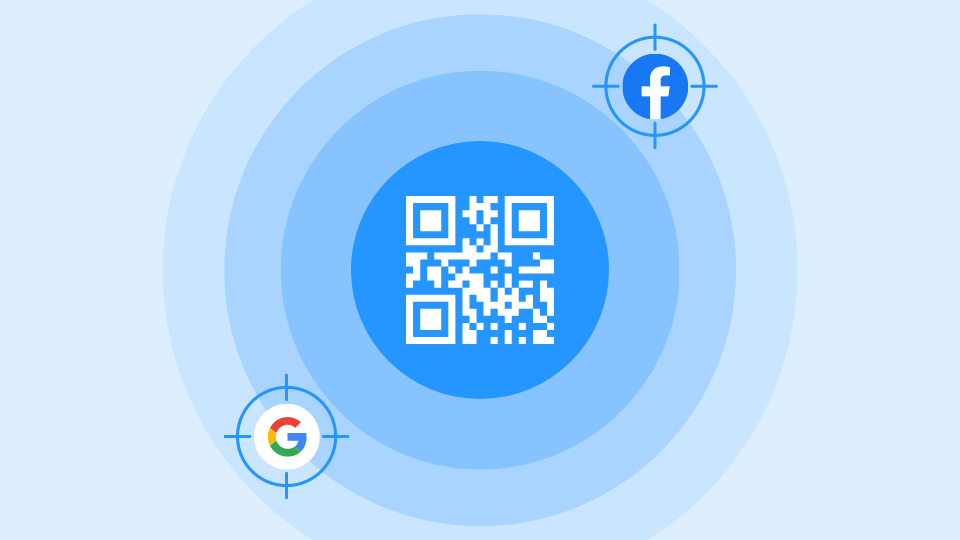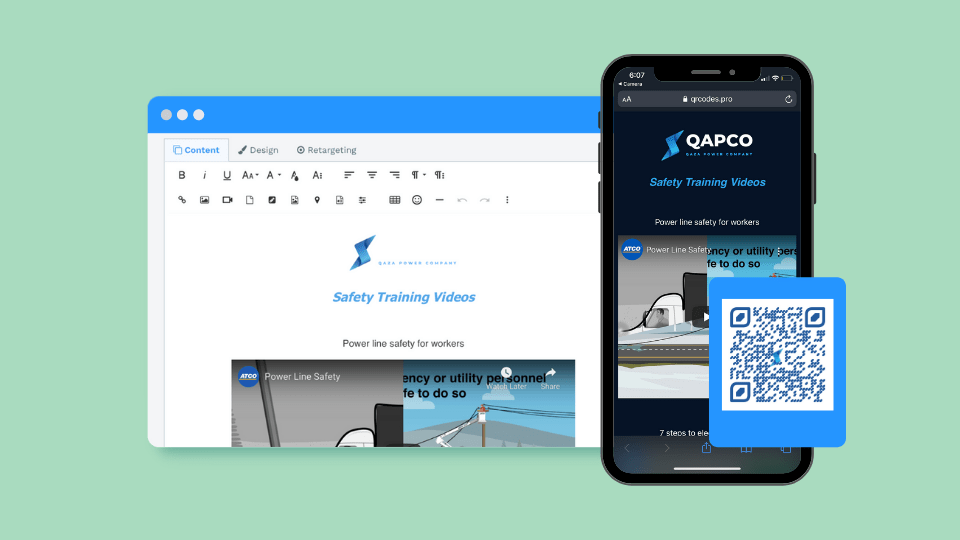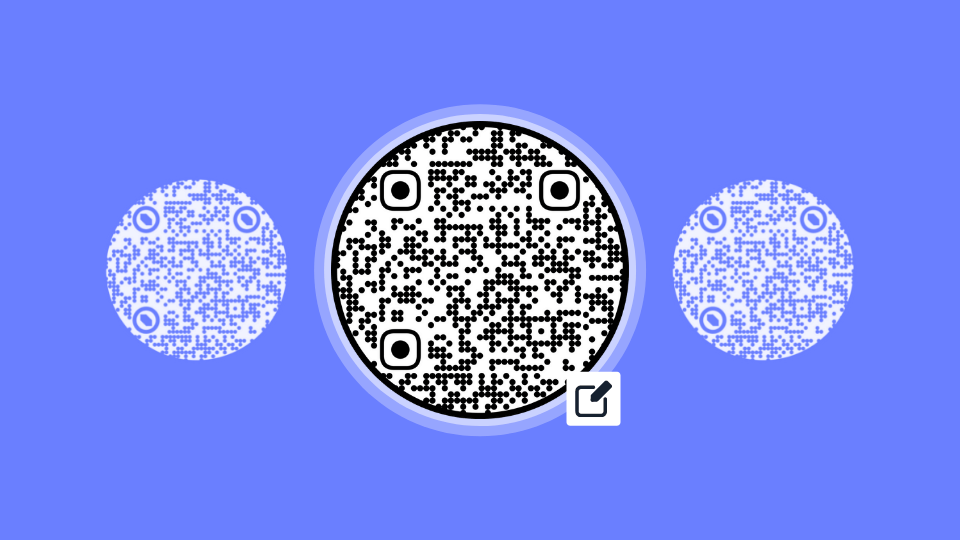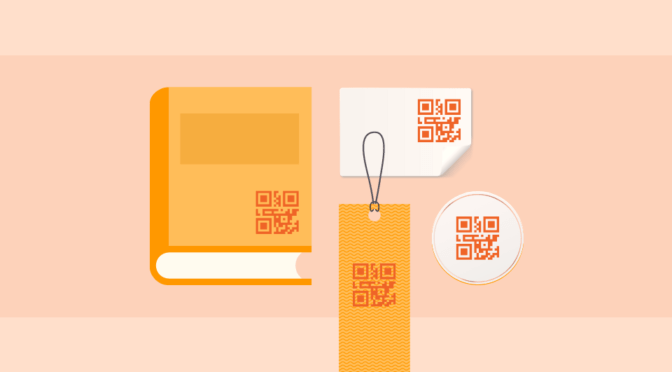You’ve just finished creating your QR Code, and it’s ready to be printed! So the next thing you need to tackle is how do you find the best QR Code printer for your campaign?
P.S. Check out our complete guide to printing QR Codes.
Well, I did some digging and found the 5 best QR Code printers that you can use in 2021.
But, before we dive into that, if you still want to create QR Codes or need a comprehensive fledged QR Code solution, click on one of these options below.
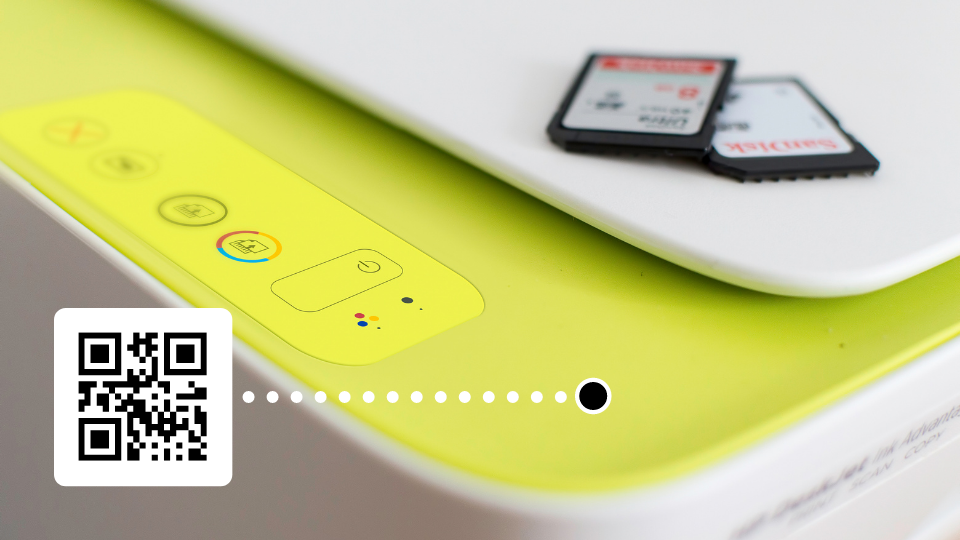
Disclaimer: These are some of the QR Code printers I found online. The companies’ websites have provided all printer information in this blog post. Note: You can always use a regular printer to print QR Codes. These are just specifically designed for QR Codes and labels.
5 best QR Code printers to look out for in 2021
#1. Shuoma IN Inkjet QR Code Printer
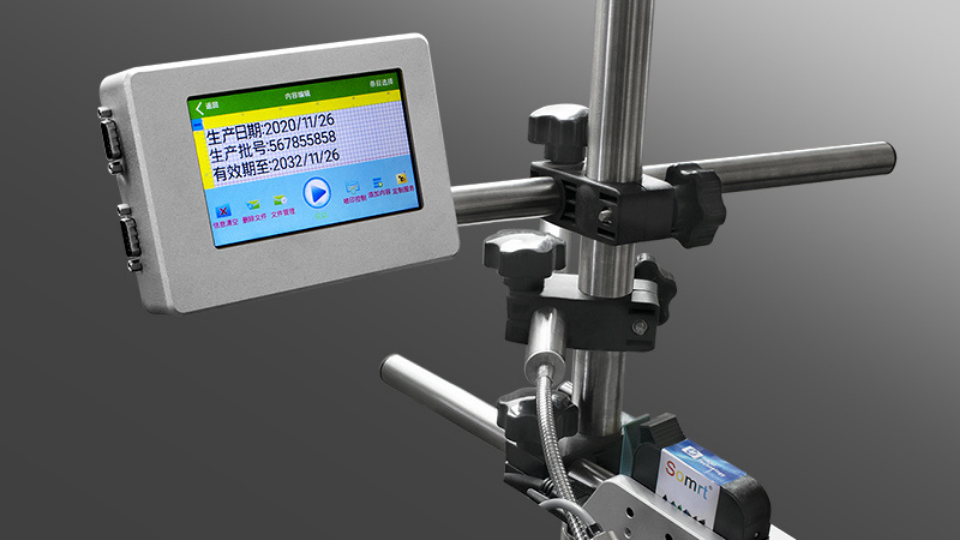
Resolution: 300-600 DPI
Printing Speed: 80m/min
Interface: Power Supply, Sensor, USB Transfer, USB Optical Disk, Encoder
Ink Type: Fast-drying (for non-permeable materials), Water-based (for permeable materials)
Dimensions: 180x30x130 mm + 120x30x115 mm
Price: $699
Shuoma’s inkjet printer is efficient and helps you save time. It’s fully automatic and equipped with a 7-inch touch screen. You can print QR Codes at high speed without experiencing any malfunction.
You can also increase the size of the QR Code as per your requirements. All you need to do is add one more nozzle to it.
The company supports ODM and OEM to adjust the QR code printer’s appearance and interface as per your requirements. The printer has a warranty period of one year.
#2. Cycjet ALT200 Portable Inkjet QR Code Printer

Printing Speed: 60m/min
Interface: USB, Encoder, Sensor
Ink Type: Solvent-based ink, Oil-based ink, UV ink
Dimensions: 500x150x250 mm
Cycjet’s printer is widely used for chemical, automotive, and rubber products, daily necessities, and postal service. It’s more reliable as compared to other inkjet printers of the same kind.
This QR Code printer has a high industry protection grade, making it suitable for functioning in dusty and moist environments. Its anti-clogged design decreases the probability of clogging and works for a long time without fail.
The printhead has multiple layers of protection to prevent scratches. The various types of printer inks have strong adhesive and fast-drying properties. It prints clear QR Codes with adhesive on materials such as plastic, metal, glass, paper, and wood.
This printer seems like a good fit for a variety of use cases like print media, smart packaging, or OOH advertisements.
#3. BT-HH6105B2 Automatic Identification QR Printer

Resolution: 300-600 DPI
Printing Speed: 60m/min
Interface: USB, Photoelectric interface, Power interface
Dimensions: 138x54x217 mm
Bentsai’s QR Code printer has a user-friendly interface that makes it easy to operate. It is equipped with a 4.3-inch high-resolution LCD touch panel and is suitable for dual-use – handheld mode and photoelectric mode. It has a long-term battery life of 10 hours.
This printer can print QR Codes on materials such as cartons, wood, plasterboard, fiberboard, plastic, ceramic, metal, aluminum foil, and other materials.
You can use both aqueous and solvent ink cartridges in this printer. It automatically recognizes the cartridge and modifies the printing parameters accordingly.
This printer is manufactured using environmentally friendly materials and has passed the ROHS certification.
#4. MiniPocket Handheld Inkjet QR Code Printer
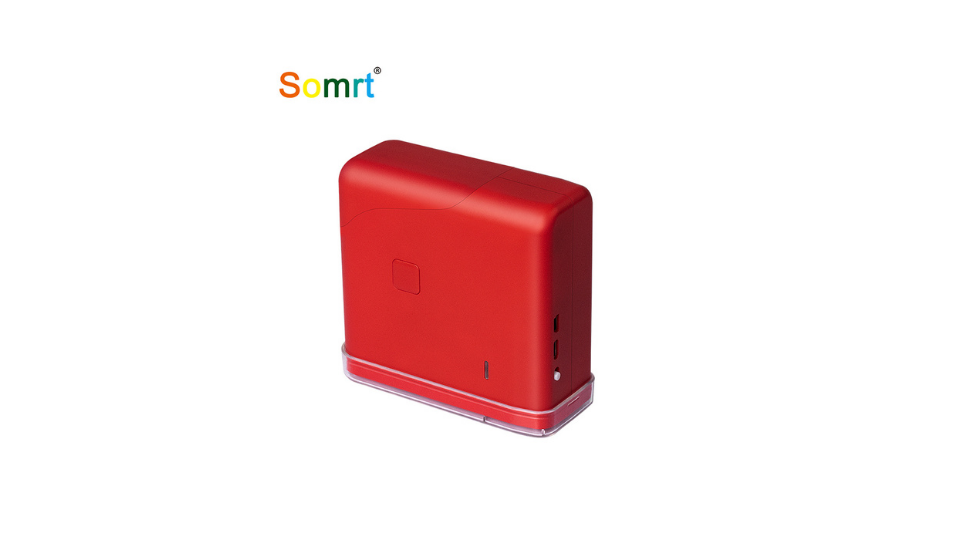
Resolution: 300-600 DPI
Interface: USB transfer interface, USB flash disk interface, Sensor, Android mobile app
Ink Type: Fast-drying, Water-proof, Anti-fade
Dimensions: 24×13.5×5.5 cm
Price: $169
Shuoma’s newest MiniPocket handheld inkjet printer is compact in size and can be carried anywhere for your on-the-go printing needs. You can easily hook it up to your smartphone or PC.
The printer can be operated via the mobile app on Android phones and also via Bluetooth.
This QR Code printer is widely suitable for multiple use cases and prints on various materials such as plastic, paper, glass, cartons, cloth, wood, and iron.
It has a long-term battery life of 8 hours once fully charged and comes with a two year warranty period.
#5. CYCJET ALT360 Pro Hand Jet QR Printer

Printing Speed: 60m/min
Resolution: 200 DPI
Interface: USB
Ink Type: Solvent-based ink, Oil-based ink, UV ink
Dimensions: 20x20x15 cm
Cycjet’s handheld QR Code printer comes equipped with a high-resolution printhead for clear printing with high stability performance.
It’s popularly used to print on steel pipes, carton boxes, galvanized steel sheets, and other building materials. You can also use it to print QR Codes on plastic, glass, wood, and paper.
This QR Code printer has a long-term battery life of 8 hours, can operate continuously without getting clogged, and comes with a one year warranty period.
QR Code Printers: Things to keep in mind before you buy one
#1. Price
One of the most important factors to keep in mind before purchasing a QR Code printer is the price. QR Code printers are available within a wide range of prices depending on the kind you need. Ensure that the printer you require is well within your budget before making an informed decision.
#2. Resolution
You should not compromise the quality of your QR Codes. Make sure that your QR Code printer offers high resolution for printing so as not to affect the scannability.
#3. Device Compatibility
Your QR Code printer should be compatible with the device you use, whether it’s a PC, tablet, or smartphone. It’s also recommended that you pick a printing machine that has good connectivity – either WiFi or Bluetooth so that you can operate the device from anywhere.
QR Code Printing Guidelines
We have a detailed blog post about the best practices for printing QR Codes. Do give it a read!
Learn more about QR Code printing guidelines
Here are 3 quick tips to keep in mind.
#1. Print Material
The material that you print your QR Codes on should always be carefully considered. Naturally, the material you pick is subject to change depending on the use case.
You should pick a print material such that it doesn’t diminish your QR code’s quality and affect its scannability.
Materials that are highly glossy and reflective aren’t recommended since scanning the QR Code is all the more difficult and would deem it unusable.
#2. QR Code Size
The size of your QR Code is crucial. Printing QR Codes too small in size renders them unreadable by smartphones.
The size of your QR Code should be: QR Code Size = Scanning Distance/10
The scanning distance is the distance between your smartphone and the QR Code.
We’ve found that QR Codes should be at least 1 cm x 1 cm in size so that they’re readable by most smartphones.
#3. QR Code Format
QR Codes are available for download in five formats – PNG, JPG, SVG, EPS, and PDF. Depending on your use case, you can create a custom QR Code for print in the right format.
If you pick the wrong QR Code format for the wrong medium, it will result in blurred and distorted QR Codes. Moreover, if you try to increase the size of your QR Code image, it will become pixelated.
QR Codes in PNG format is best suited for small-sized print media, product labels, vCards, and flat images. Refrain from using QR Code PNGs on large mediums since the image loses quality as you increase its size.
For QR Codes on large-sized print media such as billboards, banners, and posters, EPS is the ideal format. You can resize the QR Code without diminishing its quality and use it in multiple sizes without getting pixelated.
The same goes for the SVG format. Just like QR Code EPS, it is resolution-independent, making it a highly suitable and scalable format for all kinds of QR Code campaigns.
Uniqode’s QR Code generator offers scalable vector formats such as EPS, SVG, and PDF for your QR Codes.
Frequently Asked Questions
1. How do I print my own QR Code?
Step 1: Go to Uniqode’s QR Code Generator.
Step 2: Select a QR Code type (URL, SMS, Call, Email, vCard, Plain Text).
Step 3: Fill in the required fields based on the campaign you select.
Step 4: Customize your QR Code. Add a logo, change the eye color and shape, and add a call-to-action frame.
Step 5: Test your QR Code by scanning it.
Step 6: Download your QR Code and print it.
2. What is the minimum size of a QR Code to print?
For scannability purposes, your QR Code should be at least 1 cm x 1 cm in size.
3. Can you print a QR code on fabric?
Yes, you can print QR Codes on fabric. Just make sure that the material isn’t too rough so as not to affect the scannability. It’s also recommended that your QR Code’s color be slightly in contrast to the fabric’s color to avoid difficulties while scanning.







